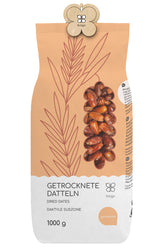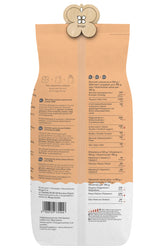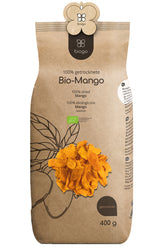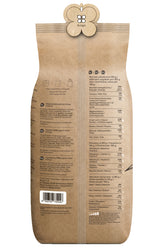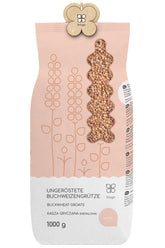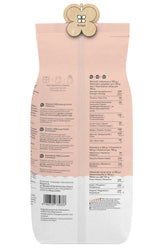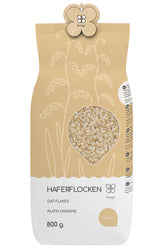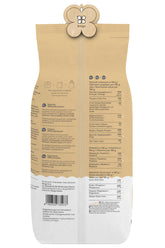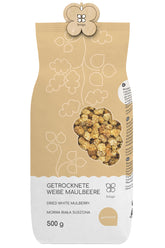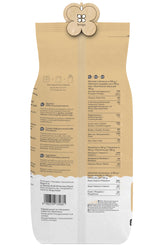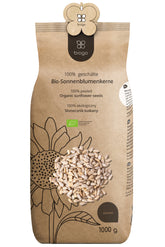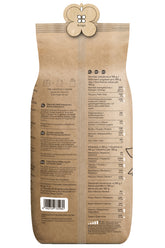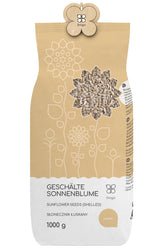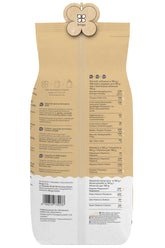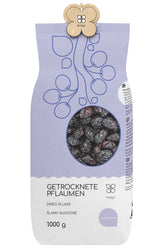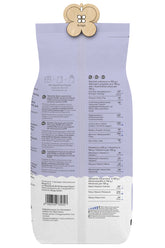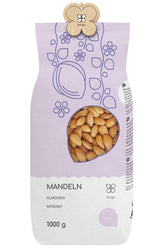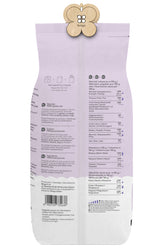Zinc oxide is a key component in a wide range of industrial products and has a long history as a useful mineral. From its use in paints and coatings to its application in the rubber and ceramics industry—zinc oxide is an indispensable raw material for many sectors. In this blog post, we take a closer look at the various applications and properties of industrial zinc oxide.
The Importance of Zinc Oxide in Industry
Zinc oxide is a versatile mineral used in numerous industrial processes due to its unique properties. As a white pigment, it not only provides high opacity to paints and coatings but also contributes to UV resistance. In the rubber industry, zinc oxide serves as an important vulcanization activator and enhances the mechanical properties of rubber products. Furthermore, it is used as an additive in technical ceramics, where it increases the sintering activity and strength of materials.
Zinc Oxide in Paints and Coatings
One of the main applications of industrial zinc oxide is in the paint industry. As a highly effective white pigment, it not only gives paints, dispersion paints, and synthetic resin paints a brilliant, radiant appearance but also increases their opacity and UV resistance. Zinc oxide reflects a large portion of UV radiation, thereby protecting the color pigments from weathering and fading. Additionally, it improves the drying and adhesion of coatings.
Use in the Rubber Industry
In the rubber industry, zinc oxide is an essential component. As a vulcanization activator, it accelerates the cross-linking process and enhances the mechanical strength of rubber products. The addition of zinc oxide significantly improves tear resistance, abrasion resistance, and aging resistance of rubber. Furthermore, zinc oxide serves as a filler and optimizes processing properties.
Applications in the Ceramics Industry
Zinc oxide also plays a significant role in the ceramics industry. As an additive in technical ceramics, it increases sintering activity and material strength. Zinc oxide improves sintering properties by influencing grain size distribution and porosity of ceramics. Moreover, it acts as a colorant, giving ceramic products a white or slightly yellowish hue.
Further Applications of Industrial Zinc Oxide
Beyond the main applications mentioned, zinc oxide is also used in many other industrial sectors. For example, it serves as a filler in plastics to improve their mechanical properties. In medical technology, it is a component of ointments, creams, and plasters. The electronics industry also relies on zinc oxide, for instance, as a semiconductor material in varistors or as a dielectric in capacitors.
Zinc Oxide in Cosmetics and Pharmacy
Another important application area of zinc oxide is the cosmetics and pharmaceutical industry. Here, it is primarily used as a UV filter in sunscreens, as it effectively reflects harmful UV rays. Additionally, it is utilized in medicines, ointments, and creams due to its antibacterial and anti-inflammatory properties.
Zinc Oxide in Animal Feed
Last but not least, zinc oxide also plays an important role in animal feed. As a feed additive, it improves digestion and strengthens the immune system of livestock. Particularly in pig and poultry production, zinc oxide is frequently used to prevent diarrheal diseases and enhance growth performance.
Conclusion: Diverse Applications of Zinc Oxide
In summary, zinc oxide is an extremely versatile and important mineral in industrial production. From the paint industry to rubber and ceramic manufacturers, to the cosmetics and pharmaceutical industries – zinc oxide is indispensable in numerous sectors. Its unique properties as a white pigment, vulcanization activator, ceramic additive, and UV protector make it a valuable raw material that significantly influences the quality and functionality of many industrial products.

